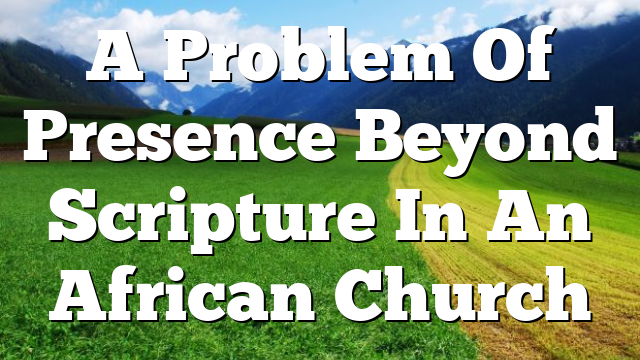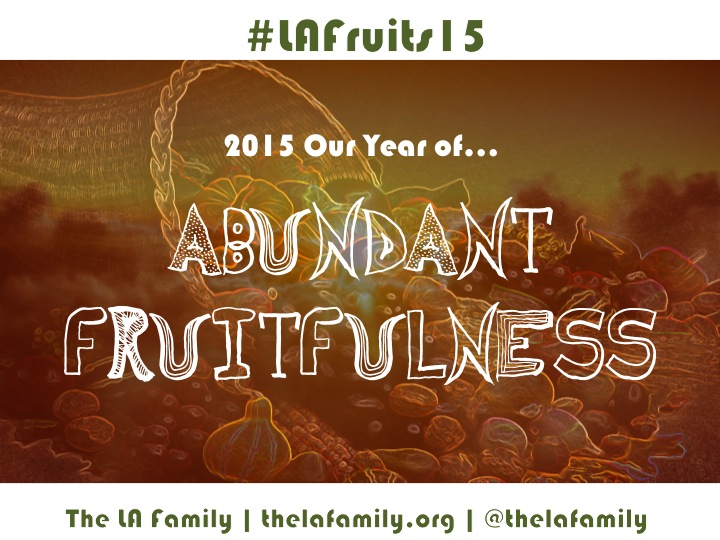Click to join the conversation with over 500,000 Pentecostal believers and scholars
Click to get our FREE MOBILE APP and stay connected
| PentecostalTheology.com



300
Book Reviews / Pneuma 31 (2009) 291-329
Matthew Engelke, A Problem of Presence: Beyond Scripture in an African Church (Berkeley: University of California Press, 2007). xiii + 304 pp., $60.00 cloth, $22.95 paper.
How do people understand the Bible as a material object, and how do their conceptions of its materiality give life to the Christianity they embody? Engelke tackles these and other compelling research questions in an engaging historical ethnography of one group of Afri- can Christians, the Friday apostolics, who “practice a religion in which things do not mat- ter” (246). Chief among these things is the Bible. Although Engelke modestly claims only to “present a . . . picture of a small church in Africa” (252), readers should be careful not to dismiss his ethnography as a mere account of a peculiar religious phenomenon. Instead, this case study should be explored patiently because it has much to say about an age-old problem for adherents and researchers of Christianity alike — namely, the struggle “over how the divine can be recognized as present” (28) in daily life.
A Problem of Presence excels in its theoretical exploration of how material and immaterial signs of the divine are organized in the Friday apostolics’ imaginations of Christianity. Engelke builds on the concept of semiotic ideology to analyze the assumptions that apos- tolics hold concerning the relationship between the signs, discourse, persons, and objects that constitute and represent their faith. The semiotic ideology of the apostolics, for exam- ple, explains why they embrace the messages of Spirit-fi lled prophets, the activities and presence of angels, and the Holy Spirit-inspired songs that punctuate corporate gatherings as privileged mediums of God’s presence. On the other hand, books, and the Book in par- ticular, can never be channels of God’s message, given their nature as things. For the apos- tolics the human voice “is the proper materialization of language” and, more strikingly, “the material of the divine” (201). Engelke’s analysis is especially appealing because it generates myriad questions for other formations of Christianity. How are the messages that God transmits through corporate rituals of glossolalia, for instance, like or unlike the words God speaks to an individual during her morning devotional? And, more to the point, which of these two mediums are understood by adherents to be the more privileged source of reli- gious authority and meaning?
The book’s principal shortcoming is the absence of a more robust discussion of the methodologies that guided the fi eldwork. So, even as Engelke pores over police records, letters to commissioners, and oral testimonies to construct a vivid history of the apostolic movement in Zimbabwe, he leaves his historiographical framework unstated. The way in which Engelke presents informants’ remarks is also susceptible to the critique that ethno- graphic data is cherry-picked. In a fascinating discussion of one apostolic’s conversion narrative, for instance, Engelke characterizes an informant’s refl ections as an “index” of concerns shared by apostolics in general. Nevertheless, what is not detailed is how many other apostolics expressed this concern. This shortcoming, however, does not detract from the overall signifi cance of Engelke’s insights on the “language of absence and presence” in Christianity. His is a lively, well-written ethnography that merits wide readership by schol- ars of Pentecostalism and anthropologists of religion alike.
Reviewed by James G. Huff
© Koninklijke Brill NV, Leiden, 2009 DOI: 10.1163/027209609X12470371388281
1


